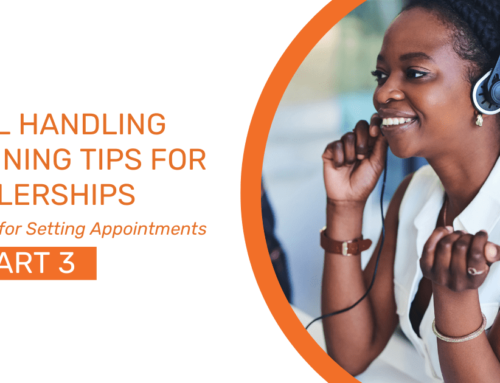 In business and life, conflict is inevitable. The key to success is learning how to effectively handle conflict. If you don’t adequately address and resolve issues as they arise, they can negatively impact customer retention, loyalty, and your reputation.
In business and life, conflict is inevitable. The key to success is learning how to effectively handle conflict. If you don’t adequately address and resolve issues as they arise, they can negatively impact customer retention, loyalty, and your reputation.
Most conflicts can be resolved in their earliest stages.
Here are 12 conflict resolution tips for achieving excellent customer service. These tips will help businesses quickly resolve conflicts before they interfere with customer relationships.
Number One: Allow customers to talk.
Allow angry customers to talk and express their feelings
until they release their frustrations and calm down.
Employee empathy to shows you understand the customer’s
feelings and frustrations.
 Number Three: Use the correct tone.
Number Three: Use the correct tone.
Don’t smile, laugh or mock upset customers. Convey empathy
and a soft tone.
 Number Four: Be neutral.
Number Four: Be neutral.
Do not offer your opinion, agree or disagree with customers.
Offer empathetic support and work to solve their
problems effectively.
 Number Five: Don’t react.
Number Five: Don’t react.
Never respond to angry comments. Allow the customer to voice
their opinion and interject with helpful redirection when appropriate.
 Number Six: Focus.
Number Six: Focus.
When a customer begins to go off on a tangent, redirect the conversation back to
the important issues and focus their attention on constructive solutions to their problem.

Number Seven: Use verbal softeners.
Use words like …“likely, “typically, “perhaps, “sometimes,”
“possibly” and “occasionally” with customers who might not respond
well to categorical words like “always” or “never.”
 Number Eight: Make angry conversations private.
Number Eight: Make angry conversations private.
Avoid talking with angry customers within earshot of employees
or other customers.

Number Nine: Agree.
Find something to agree with the customer about. An argument
will result in ultimate combustion. But an agreement will result
in collaboration and cooperation.
 Number Ten: Use silences.
Number Ten: Use silences.
When customers talk, listen and wait for a silence. After your customer
has stopped talking, summarize their main point and work together on a solution.

Number 11: Use timeouts.
If a customer is frustrated, annoyed and not capable of engaging in
productive conversation, allow them the opportunity to think by themselves.
After a pause, address their concerns effectively.
 Number 12: Set limits.
Number 12: Set limits.
When customers refuse to act constructively and alternative methods have
been exhausted, set limits and end the interaction. To build healthier business
relations, it is important to manage customer expectations and take the
necessary steps to avoid arguments, disputes and other forms of conflict.
While conflict is inevitable, having a poor communication system is NOT.
Clarity Voice® has helped thousands of companies improve brand loyalty and customer satisfaction. Receive your demo to see why managers and employees alike love using Clarity Voice®
Learn more about Clarity’s® unique ability to help you monitor and motivate employees while you multiply your company’s profitability.
Employee Performance Monitoring Tools_2017
For more Clarity business tips, read our Blog 10 Ways You Can Improve First Call Issue Resolution For Customers
Other related topics on the Clarity Voice® Blog:
Eight Steps to Effectively Coaching Employees
Tips for Training New or Promoted Employees
Top 4 Tools Used By Managers To Monitor Customer Conversations
10 Ways You Can Improve First Call Issue Resolution For Customers
Top 5 Benefits of Clarity’s® Performance Monitoring and Call Coaching Tools
The Customer or The Employee Comes First?
The cost of employee turnover may be higher than you realize!


















